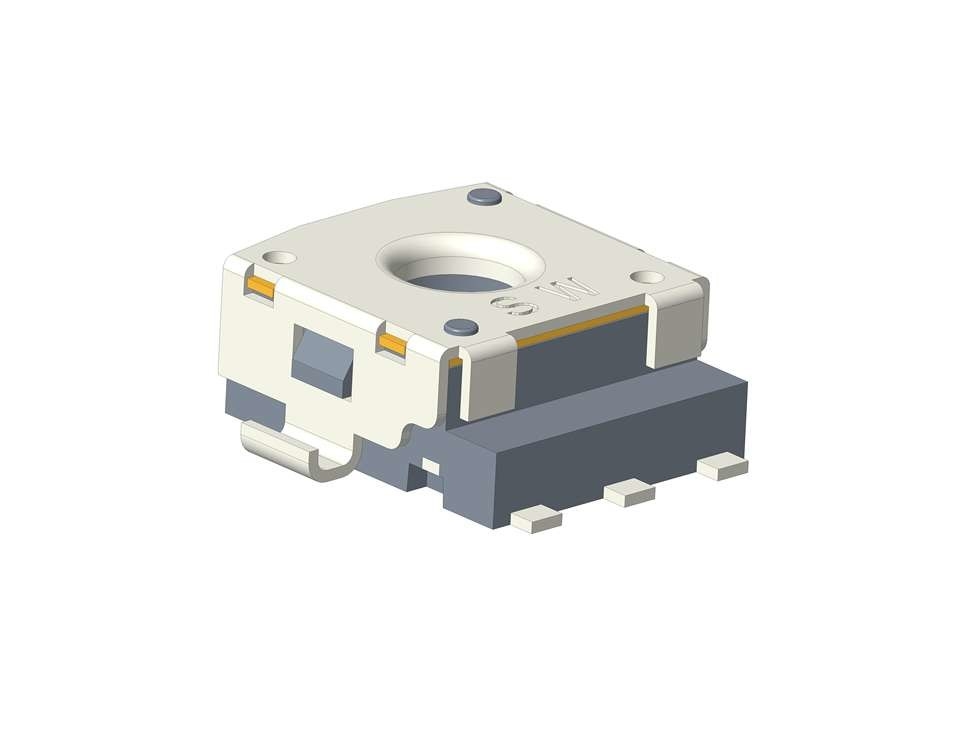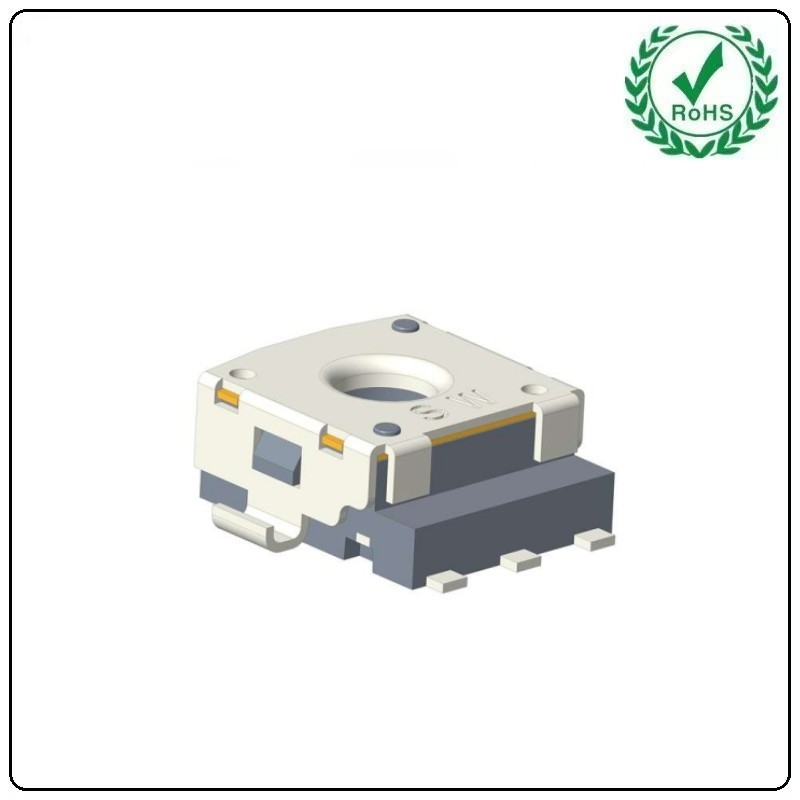
Language

Are you a factory or a trading company?
Answer: We are a factory, we can guarantee our price is first hand, very cheap and competitive.
How is the quality control in your factory?
Answer: All products will be 100% checked before shipment.
How to contact us?
Tel: 86-13377785035
Wechat: kkg-vivian
Email: xyy@kkg.tw
WhatsApp: +8613377785035
**Through Shaft Encoder: An Essential Component in Precision Measurement and Control Systems**
A through shaft encoder, also known as a hollow shaft encoder, is a precision instrument widely utilized in various industrial and automation applications for measuring angular position, speed, and direction. Its unique design features a hollow shaft that allows for the passage of additional components, such as shafts or cables, through its center, thereby facilitating integration into complex machinery and systems. This article delves into the working principles, types, applications, and advantages of through shaft encoders, highlighting their significance in modern precision measurement and control systems.
**Working Principles**
The fundamental working principle of a through shaft encoder involves converting angular motion into electrical signals. This is achieved through the use of a rotating disk, or codewheel, that has a series of transparent and opaque segments arranged in a specific pattern. As the shaft rotates, an optical or magnetic sensor reads these segments, generating a series of pulses that can be interpreted to determine the angular position, speed, and direction of rotation.
**Types**
There are two primary types of through shaft encoders: optical and magnetic. Optical encoders use light-emitting diodes (LEDs) and photodiodes to detect the pattern on the codewheel, while magnetic encoders utilize magnetic fields and Hall effect sensors. Both types offer high accuracy and reliability, but they differ in terms of environmental resistance, cost, and performance characteristics.
**Applications**
Through shaft encoders find applications across a wide range of industries, including robotics, automation, machine tools, aerospace, and automotive. In robotics, they are crucial for precise positioning and control of robotic arms and joints. In automation systems, they are used to monitor and control the speed and position of conveyors, motors, and other moving parts. In machine tools, they ensure accurate machining and cutting operations. Aerospace and automotive applications often require encoders that can withstand extreme temperatures, vibrations, and other harsh conditions.
**Advantages**
One of the key advantages of through shaft encoders is their ability to provide high-resolution measurement and control. With modern technology, encoders can achieve resolutions of up to several thousand counts per revolution, enabling precise positioning and control of machinery. Additionally, their hollow shaft design allows for easy integration into existing systems, reducing the complexity and cost of installation. Through shaft encoders are also known for their durability and reliability, withstanding the rigors of industrial environments and providing long-term performance.
In conclusion, through shaft encoders are indispensable components in precision measurement and control systems. Their unique design, high accuracy, and reliability make them ideal for a wide range of industrial and automation applications. As technology continues to advance, through shaft encoders will play an increasingly important role in driving innovation and efficiency in various sectors.
Previous: Through-Axis Encoders
Next: Rotary Encoder for Mouse

Tel:
Add:
Rixing Industrial Zone,Tangxia Town, Dongguan City, Guangdong Province, China
Copyright © 2025 KKG ELECTRONICS ELECTRIC Co., LTD. All rights reserved
Privacy policy Cookie tracking








